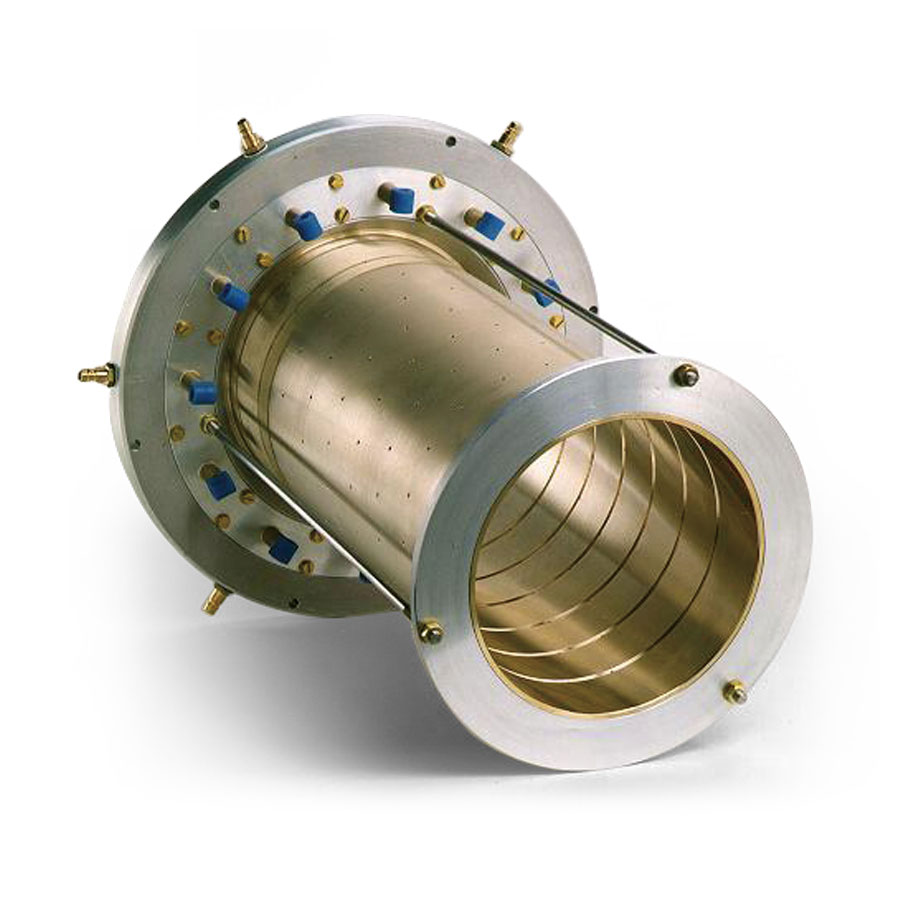- English
- Español
- Português
- русский
- Français
- 日本語
- Deutsch
- tiếng Việt
- Italiano
- Nederlands
- ภาษาไทย
- Polski
- 한국어
- Svenska
- magyar
- Malay
- বাংলা ভাষার
- Dansk
- Suomi
- हिन्दी
- Pilipino
- Türkçe
- Gaeilge
- العربية
- Indonesia
- Norsk
- تمل
- český
- ελληνικά
- український
- Javanese
- فارسی
- தமிழ்
- తెలుగు
- नेपाली
- Burmese
- български
- ລາວ
- Latine
- Қазақша
- Euskal
- Azərbaycan
- Slovenský jazyk
- Македонски
- Lietuvos
- Eesti Keel
- Română
- Slovenski
- मराठी
- Srpski језик
How to choose Durable Calibration Sleeve ?
2025-02-08
Choosing a durable calibration sleeve depends on several factors, including the application, material compatibility, size, and environmental conditions. Here’s a guide to help you select the best one:
1. Material Selection (Durability & Corrosion Resistance)
Stainless Steel (304/316L) → Best for water, oil, and most industrial liquids; highly corrosion-resistant.
Aluminum → Lightweight and durable but may not withstand harsh chemicals.
PVC or Polyethylene → Good for non-corrosive and lightweight applications, but not as durable as metals.
Titanium or Inconel → Excellent for extreme environments like high-pressure, high-temperature, or highly corrosive chemicals.
2. Size & Fit
Ensure the sleeve matches the pipe diameter and flow meter type for accurate calibration.
Check manufacturer specifications for exact fitment.
3. Pressure & Temperature Tolerance
High-pressure environments → Opt for stainless steel or reinforced materials.
Extreme temperatures → Ensure material can withstand the operating range (e.g., cryogenic or high-heat applications).
4. Industry-Specific Needs
Oil & Gas → Stainless steel or titanium for chemical resistance and pressure handling.
Water Treatment → Corrosion-resistant materials like PVC or stainless steel.
Chemical Processing → Choose a material resistant to specific chemicals used.
Food & Beverage → Must be FDA-approved and resistant to contamination.
5. Surface Treatment & Coating
Polished or Coated Surface → Reduces wear and contamination.
Anti-corrosion coatings → Help extend lifespan in harsh environments.
6. Manufacturer & Compliance Standards
Look for ISO, ASTM, API, or NIST certifications for accuracy and durability.
Choose reputable manufacturers with industry-approved materials.




